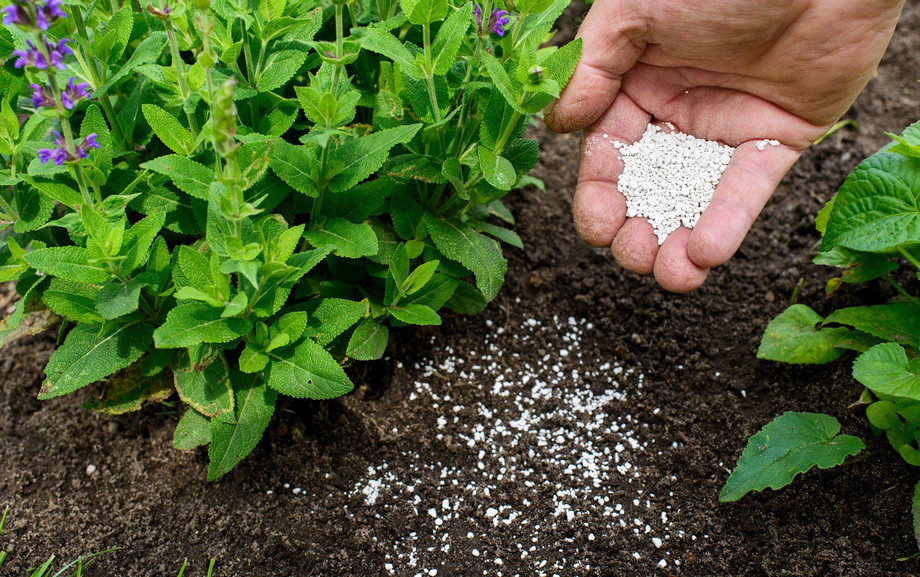Plants require nitrogen for growth and reproduction. Increased soil nitrogen availability often stimulates pasture and crop development. This problem is commonly managed by the application of nitrogen fertilizers. Nitrous oxide is an important greenhouse gas. Nitrous oxide emissions on farms are mostly produced by nitrogen-based fertilizers and livestock manure (urine and dung).
More effective nitrogen capture in products has the greatest influence on lowering nitrous oxide losses, as also ammonia volatilization to the environment and nitrate leaching and runoff into groundwater and rivers. Increased nitrogen usage efficiency (NUE) enhances both productivity and profitability.
How Does Nitrogen Cause Healthy Plants?
Nitrogen is required for the formation of amino acids. Plants' physical structure is made up of amino acids derived from proteins. Nitrogen-rich fertilizers can result in more strong plants with healthier leaves, flowers, and stems. Chlorophyll, or the pigment that turns plants green, is another essential component of the piece. Nitrogen is an important component in chlorophyll's structure. Chlorophyll absorbs sunlight and converts it into energy during the photosynthesis process. The plant will not survive if it does not have enough chlorophyll.
When to Apply High Nitrogen Fertilizers?
While adequate soil nutrition is essential at all phases of growth, using a high nitrogen fertilizer too early in the season is not recommended.
Ammonia is a natural waste product of soil organisms. Ammonia is a useful nitrogen and hydrogen compound. It connects to plant roots and dissolves in water to provide a high concentration of nitrogen to all those roots. It degrades relatively quickly. Excess ammonia, on the other hand, can "burn" the roots and kill the plant if there is too much of it to be entirely dissolved in water. Young plants in their early stages are especially vulnerable to this. This is why applying too much too soon is not advised.
Most plants require the most nitrogen during their early reproductive stages when they are growing rapidly. This is the time of year when nitrogen rich fertilizer should be applied properly.
Different Applications of Nitrogen Fertilizer
Liquid
The liquid application of a nitrogen-rich fertilizer helps it to be absorbed more effectively. Microorganisms and roots can use immediately once it is absorbed into the soil. Nitrogen-rich liquid fertilizers are ideal for application during the rapid growth stages of plant development.
Dry
Dry or pelleted fertilizers provide a slower uptake of nutrients. The pellet must degrade or be consumed by microbes. In this manner, you can control how much ammonia your plants receive while also reducing the risk of burning your roots from too much ammonia. The downside of high-nitrogen dry fertilizers is that they may settle on the surface, increasing the chance of volatile substances evaporating into the air.
Nitrogen-rich, chemical-free fertilizer is an environment-friendly substance that can be used to promote plant development while also caring for the soil and practicing sustainable agriculture. While it may be more expensive than chemical fertilizers, the investment in long-term environmental solutions will pay off as you reap healthy and nutritious yields.

